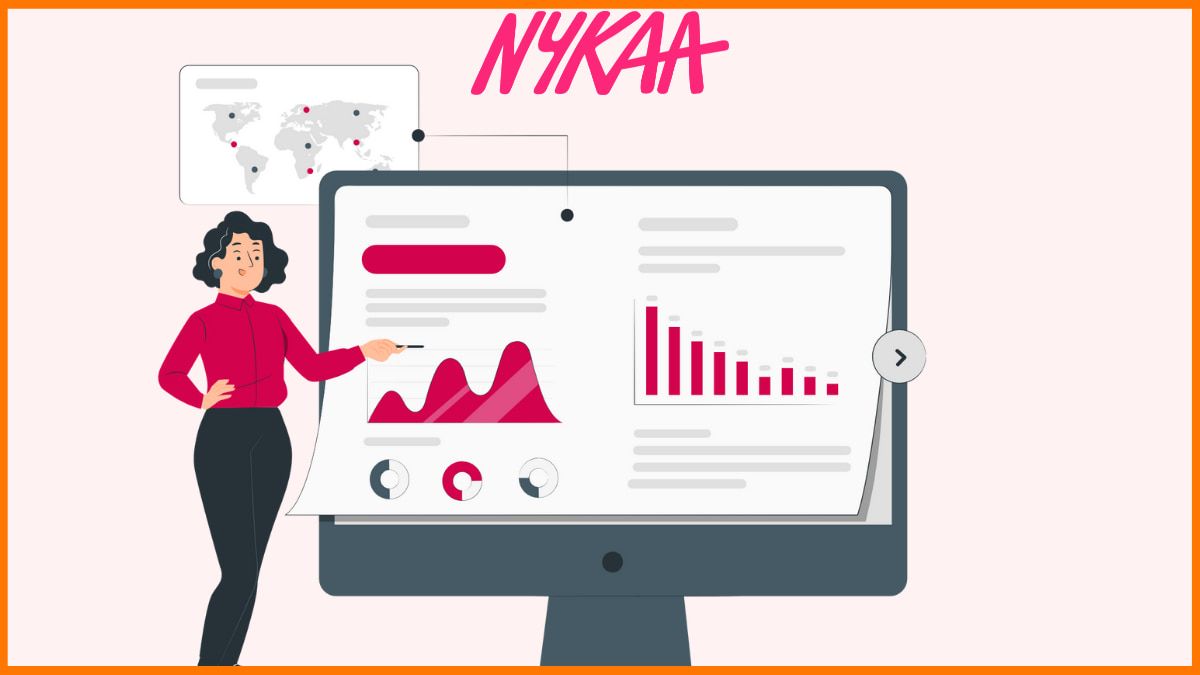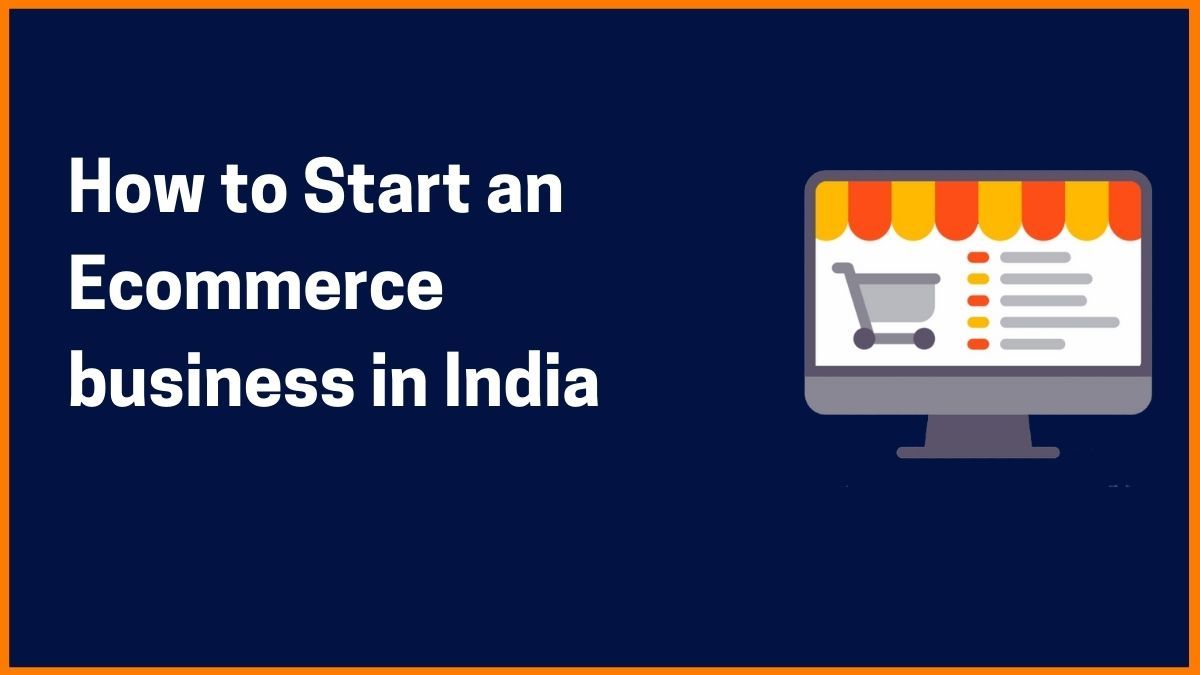The content in this post has been approved by the organization it is based on.
Love watching videos? Ah! Everyone loves it! Varieties of web series and engaging videos are seen and loved by all which are often produced by iconic channels. There are always places and videos that you may like or may not like. But we have to keep in mind that everyone’s choice and taste are not the same. So things should always be presented in a way that is liked, loved and respected by all by every means.
TVFPlay is one of India’s most loved online streaming platforms. Youngsters enjoy the entertaining original web series here a lot.
Read the TVFPlay success story below and know more about its founders, business model, revenue model, funding and more.
Company Highlights
| Startup Name | TVF (The Viral Fever) |
|---|---|
| Founder | Arunabh Kumar |
| Founded | 3rd August 2015 |
| Headquarters | Mumbai, Maharashtra, India |
| Parent Organization | Contagious Online Media Pvt. Ltd. |
| Sector | Entertainment and Online Media |
| Website | tvfplay.com |
TVFPlay – About
TVFPlay – Founder And Team
TVFPlay – Logo
TVFPlay – Business Model
TVFPlay – Revenue Model
TVFPlay – Funding And Investors
TVFPlay – How Is It Becoming Viral?
TVFPlay – Growth
TVFPlay – Competitors
TVFPlay – Future Plans
TVFPlay – About
TVFPlay started as an online YouTube channel which was introduced by TVF Media Labs in 2010. It’s presently occupied by Contagious Online Media Pvt. Ltd. The company’s motive is to reach out to the younger population who loves watching television entertainment. It was one of the early comings of the Indian digital entertainment component.
TVFPlay – Founder And Team

Arunabh Kumar is the founder of TVF. He was born on 1982 November 26th. He faced a number of troubles in his life and there seems to be no end to that. He works on presenting various sorts of social issues. He is also the mind behind the fictional web series Permanent Roommates and Pitchers. He was accused of sexual harassment that took place at his company while working. It was faced by 2 employed women. Arunabh Kumar resigned as the CEO of TVF and started his own comic book venture, Indusverse
TVFPlay – Logo
The team is entirely focused on producing something funny rather than acquiring fame. The one and the only man behind the invention is Arunabh Kumar – the founder and former CEO of the company.

TVFPlay – Business Model
The major source of revenue for the company is brand sponsorship from several brands like Ola, CommonFloor, Tata, etc and also from advertisements via YouTube as mentioned above.
The company has also got its own app so it’s profitable for them to have something of their own. They made it possible by hosting numerous funny videos which were their objective for the youngsters of today. They succeeded indeed in fulfilling the promises they made in the beginning.
TVFPlay – Revenue Model
The company is an online content channel created by the founder Arunabh Kumar. It generates revenue from YouTube as well as from other brands. For such kinds of companies, subscriptions are the keys to earning. They also acquire numerous clients which is a part of the revenue model. The estimated yearly revenue of TVF is $32.7 million.
The company also generates revenue from YouTube. They have got 2 million+ subscribers on YouTube. The company gets revenue when someone clicks on its ads. But they don’t get the money if anybody likes or shares their video or even comments on it no revenues are gathered in that case.
TVFPlay – Funding And Investors
TVFPlay has raised a total amount of $26.9 million in funding over the 5 funding rounds.
| Date | Transaction Name | Amount Raised | Lead Investor |
|---|---|---|---|
| Nov 10, 2021 | Venture Debt | $2 million | BlackSoil |
| Jun 01, 2019 | Venture Debt | Undisclosed | BlackSoil |
| May 22, 2019 | Series D | $5 Million | Tiger Global Management |
| July 20, 2018 | Venture Round | $6 Million | Tiger Global Management |
| February 17, 2016 | Venture Round | $10 Million | Tiger Global Management |
TVFPlay is funded by only 2 investors. It is Tiger Global Management and BlackSoil.
TVFPlay – How Is It Becoming Viral?
The company has earned millennial audiences. Especially those ranges between 18 to 35-year-olds. These people watch several videos each day. For more than 3 hours on such sort of platforms. The spectators, as well as the viewing time, are growing every day with the help of the media.
The strategy of the company is to offer local and youth-oriented content. This is the only formula they are using and the spectators are helping them to launch and perform well with various targets in India.
TVFPlay – Growth
The 1st web series of the company ‘Permanent Roommates‘ debuted. It was the 2nd most viewed long-term web series in the world at that time. Pitchers was a production of this company. It was released and the story was how 4 friends quit their jobs to build a startup company of their own by facing various obstacles.
These 2 shows were very popular when it was released and was almost watched by all over the world starting from the youngsters to the middle-aged ones. The way you provide more likely things to your youngsters the more you build your own empire and grow with strength.
TVFPlay – Competitors
The competitors of the company are Apalya, YuppTV, Livestream, Spuul, Hantover, Dacast, Disney+Hotstar, iStreamPlanet, NexGTv and iflix. All together they have raised a sum which is more than 842.7 million. It is more than what all did except. TVF’s revenue is the 10th ranked company among its top 10 competitors.
TVFPlay – Future Plans
The company has got big plans for 2022 and more years to come. In the year 2019, it released 12 original shows and it has got plans of releasing more original shows on platforms like MX Player, Netflix and Amazon Prime Video. The CEO says when they released 12 original shows, great success came to them and maybe when they will be releasing 20 something great is waiting for the entire team.
Their contents are licensed and well received by Netflix and it’s a big thing for the entire startup company. It also puts its content on its YouTube channel. The biggest hit of the company was Kota Factory. They aspire to bring more such for its young audience.
Conclusion
TVFPlay is a premium content destination from The Viral Fever (TVF). It caters to all those who want to have a premium content experience, but cannot find anything worth watching on the traditional channels.
It hosts all of TVF’s premium shows as well as shows and content from around the world which TVF believes its audience will enjoy watching. On TVFPlay, you can browse and watch regular shows and content, created and curated especially for the young audience, across a variety of genres like Humor, Drama, Trends etc.
TVF – FAQs
Who is the owner of TVF?
Arunabh Kumar is the founder and former CEO of TVF.
Why is TVF famous?
TVF is popular because of its shows like Pitchers, Permanent Roommates, and Kota Factory which transformed the streaming service industry in India.
Who owns The Viral Fever?
The parent organization of TVF is Contagious Media Pvt Ltd.
What are some of the subsidiaries of TVF?
Girliayapa, The Screen Patti, The Timeliners, Funda Curry, and TVF Machi are some of the channels of The Viral Fever.
What is TVF?
The Viral Fever (TVF) is an online digital entertainment network offering original shows and videos specially curated for an Indian audience.
When was the TVF founded?
TVF was founded in 2010 by Arunabh Kumar.
Is TVFPlay free in India?
Yes, you can watch shows of TVF for free on its YouTube channel or app.
































